Yennal Dwaeji Gukbap (옛날돼지국밥)
5.8Km 2021-03-24
1010-2, Gyeongdong-ro, Andong-si, Gyeongsangbuk-do
+82-54-821-3700
A place where you can enjoy a variety of gukbap (rice soup). The best menu at this restaurant is pork and rice soup. This Korean dishes restaurant is located in Andong-si, Gyeongsangbuk-do.
MUSE (뮤즈)
5.9Km 2021-03-26
231, Seokju-ro, Andong-si, Gyeongsangbuk-do
+82-54-841-2573
It is a good place for the perfect sauce and crispy Korean pork cutlet. The best menu at this restaurant is pork cutlet. This Western dishes restaurant is located in Andong-si, Gyeongsangbuk-do.
Ongcheon 21segi Jjinppang (옹천21세기찐빵)
6.0Km 2021-03-24
959-7, Gyeongbuk-daero, Andong-si, Gyeongsangbuk-do
+82-54-859-7058
This is a place where you can enjoy unique steamed bread at an affordable price. This restaurant's signature menu is steamed bun with red bean filling. This Korean dishes restaurant is located in Andong-si, Gyeongsangbuk-do.
Hakbongjongtaek [Korea Quality] / 학봉종택 [한국관광 품질인증]
6.0Km 2023-04-13
2830-6, Pungsantaesa-ro Seohu-myeon, Andong-si, Gyeongsangbuk-do
+82-54-852-2087, +82-10-6811-1106
'Hakbong Head House is the head house of the Uiseong Kim clan and was originally built near Sogyeseodang Village School by Kim Gwang-chan, an 8th-generation descendant of Hakbong Kim Seong-il, in 1762. In 1964, the house was moved to its current location.
The main building (bonchae) was extended from a ‘ㅁ’-shaped structure to a ‘巳’–shape structure. The anchae (women’s quarters) consists of a daecheong (main floored room) measuring 2-kan (a unit of measurement referring to the distance between two columns) on the right, an anbang measuring 2-kan on the left, and kitchen at the end. The upper part of the low-ceilinged kitchen has a gobang (storeroom) in which household goods used to be stored. The daecheong is large compared to the overall size of the house because head houses usually held many ancestral rites.
The Hakbong Head House has an impressive modern garden that was created during construction work carried out when the house was relocated after the Japanese colonial era. The well-maintained garden with its fantastically-shaped trees and rocks also serves as a venue for musical concerts on a regular basis. Guests will surely be fascinated to find out about the history of the people who once inhabited this house and dedicated themselves to the country in times of trouble.
Wang Jjamppong (왕짬뽕)
6.1Km 2021-03-26
5, Supjaengi-gil, Andong-si, Gyeongsangbuk-do
+82-54-823-5989
A place where you can enjoy various Chinese dishes. This Chinese (cuisine) restaurant is located in Andong-si, Gyeongsangbuk-do. The most famous menu is spicy seafood noodle soup.
Traditional Resort Gurume [Korea Quality] / 구름에 [한국관광 품질인증]
6.3Km 2023-04-13
190, Minsokchon-gil, Andong-si, Gyeongsangbuk-do
+82-54-823-9001
Gurume Resort is where early traditional Korean guesthouses are located. The traditional Korean houses were relocated to this place after a flood. The resort consists of seven traditional Korean houses named "Baksanjeong,” "Cheongongjeong,” "Gamdongjaesa,” "Palhoedangjaesa,” "Gyenam Old House,” "Seounjeong,” and "Chilgok Old House." Built in the 17th century, "Baksanjeong" is the oldest house there, and it has one guestroom. “Cheongongjeong,” “Gamdongjaesa,” and “Palhoejaesa” were built in the 18th century, whereas "Seounjeong,” "Gyenam Old House,” and "Chilgok Old House" were built in the 19th century. For this reason, the traditional Korean houses look slightly different from each other with one thing in common: they were all renovated and equipped with comfortable modern facilities while preserving most of the features of a traditional Korean house. All the guestrooms are furnished with bathroom with shower and air conditioning system. A hi-tech security system is also installed to ensure the safety of the guests. In addition to Gurume Resort, Happy Traditional Village also has a book café housed in a traditional Korean house as well as dining restaurant, experience rooms, and plaza, allowing the visitors to lodge and engage in a wide range of activities. There is a special package for staying at an old traditional Korean house and using the auxiliary facilities. For more information on various events and news, please visit the Happy Traditional Village website.
Museo Folclórico de Andong (안동민속박물관)
6.3Km 2022-10-05
Minsokchon-gil 13, Andong-si, Gyeongsangbuk-do.
El Museo Folclórico de Andong es donde se pueden experimentar la cultura confuciana y los juegos tradicionales de Corea. La ciudad de Andong es famosa por la cultura confuciana y las cuatro ceremonias tradicionales (las ceremonias de la juventud, el matrimonio, el funeral y el culto a los antepasados). Aquí, los visitantes pueden ver el estilo de vida de los antiguos coreanos. El museo interior se divide en tres salas de exposición. En la Sala de Exhibición 1, se proyecta un vídeo que explica el nacimiento de un ser humano hasta su infancia. En la 2, el proceso de cómo se llega a ser adulto, hasta su muerte. En la Sala de Exhibición 3, la vida cotidiana y los juegos tradicionales se muestran a través de miniaturas. Incluyendo herramientas de labranza antiguas y el proceso de toma de tela, las reliquias populares de este museo se suman a 3.700 artefactos. También hay un sistema visual de vídeos. Después de ver las exposiciones interiores, la exposición al aire libre es un complejo de parques, con casas rurales tradicionales y bienes culturales. También podrá ver una muestra que representa el estilo de vida de Andong, con casas de piedras con techo de paja y un molino de agua.
Pueblo Folclórico de Andong (안동민속촌)
6.4Km 2024-05-09
Seonggok-dong, Andong-si, Gyeongsangbuk-do.
Haemul Mongttang Kalguksu (해물몽땅칼국수)
6.5Km 2021-03-24
287, Gwangwangdanji-ro, Andong-si, Gyeongsangbuk-do
+82-54-821-9290
It is a place where you can eat Kalguksu (chopped noodle soup) made with abundant seafood. This Korean dishes restaurant is located in Andong-si, Gyeongsangbuk-do. The most famous menu is noodle soup with clams.
Donkkaseu Wa (돈까스와)
6.5Km 2021-06-25
287, Gwangwangdanji-ro, Andong-si, Gyeongsangbuk-do
+82-54-841-9290
This house offers homemade pork cutlet made from odor-free raw materials/refrigerated pork loin and formed into patties. This Korean dishes restaurant is located in Andong-si, Gyeongsangbuk-do. The most famous menu is pork cutlet.
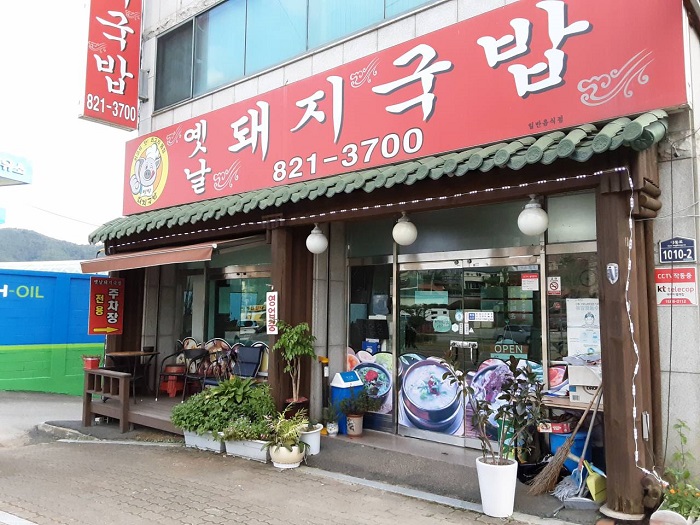
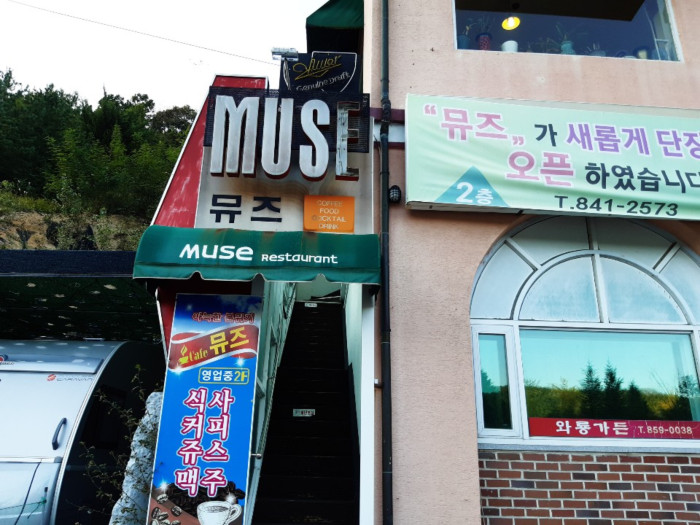
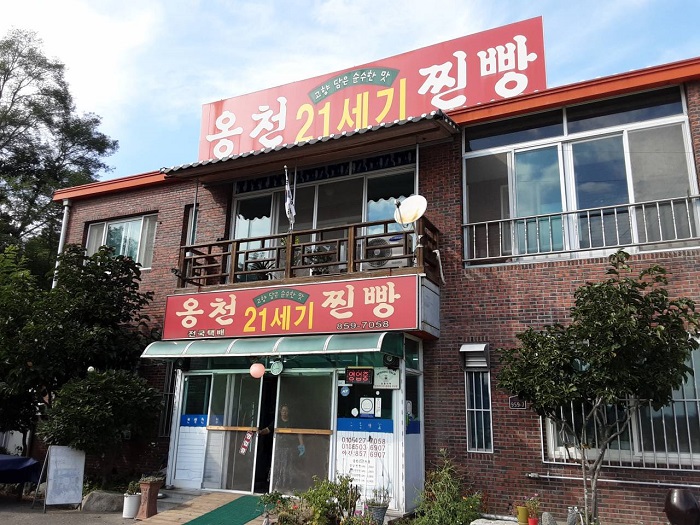
![Hakbongjongtaek [Korea Quality] / 학봉종택 [한국관광 품질인증]](http://tong.visitkorea.or.kr/cms/resource/87/2579587_image2_1.jpg)

![Traditional Resort Gurume [Korea Quality] / 구름에 [한국관광 품질인증]](http://tong.visitkorea.or.kr/cms/resource/56/2581156_image2_1.jpg)
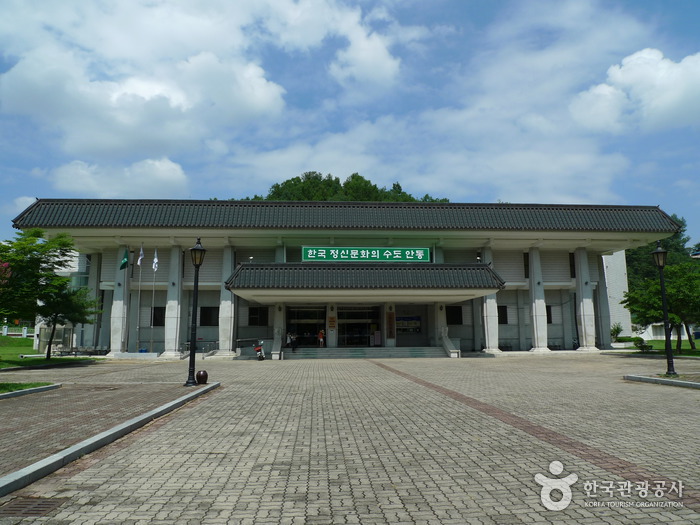
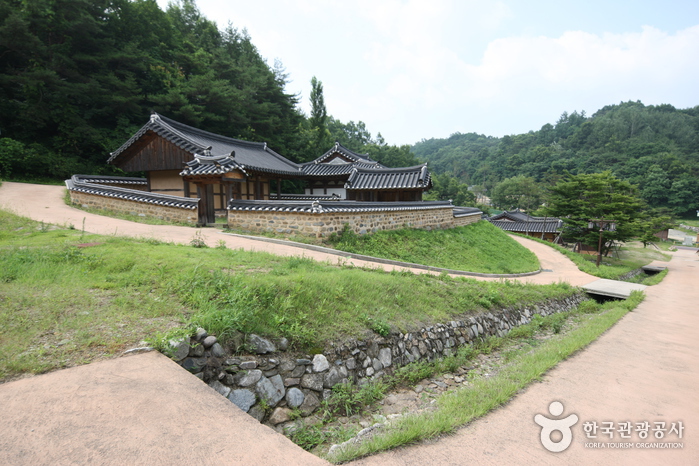
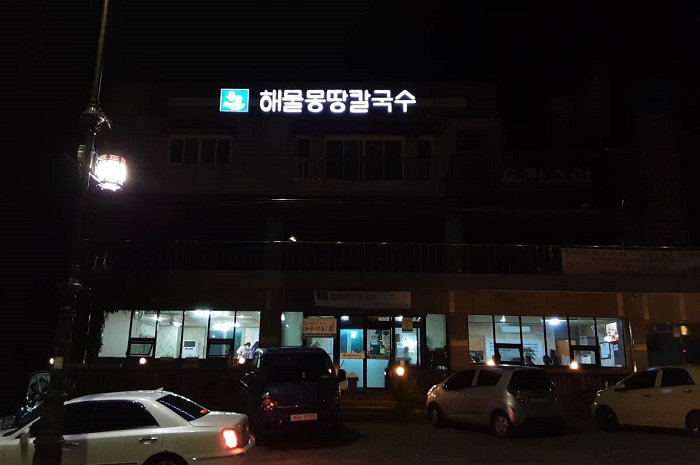
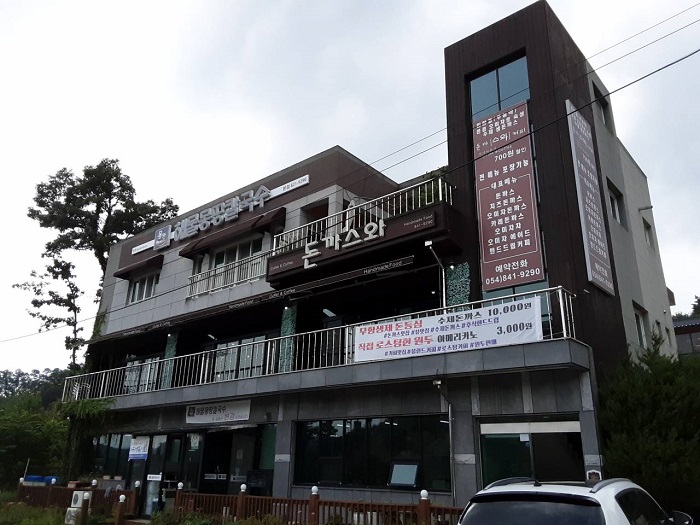
 Español
Español
 한국어
한국어 English
English 日本語
日本語 中文(简体)
中文(简体) Deutsch
Deutsch Français
Français Русский
Русский